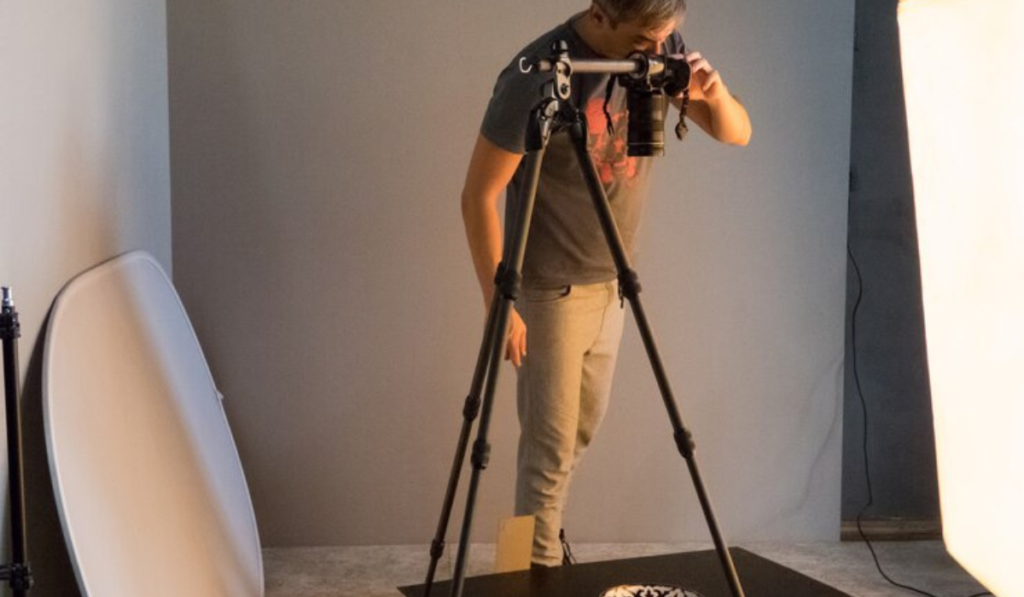Mastering Light Modifiers for Portrait Photography: A Beginner’s Guide

The introduction:
Photographers use light modifiers to shape, control, and enhance the quality of light to achieve stunning results in portrait photography. Lighting modifiers can elevate your portraits to the next level, regardless of whether you’re shooting in natural light or a controlled studio environment. You’ll learn how to use light modifiers effectively to capture captivating portraits in this beginner’s guide.
Getting to know natural light:
In order to fully understand light modifiers, you need to understand the fundamentals of natural light. Portraits are significantly influenced by factors such as direction, quality (soft or hard), and environmental conditions. Photographers can make compelling portraits without artificial modifiers if they observe and understand natural light.
Controlling light:
When natural light isn’t available or sufficient, photographers can create and control their light source with modifiers. Controlled lighting allows for greater consistency and precision in illuminating the subject, no matter the shooting environment. Photographers rely on light modifiers to achieve desired lighting effects and enhance their overall aesthetics.
Modifier types:
Light modifiers come in many forms, each with its own characteristics and applications. The following are some common modifiers:
-
The umbrella is a versatile modifier that comes in different sizes, shapes, and types (reflective vs. shoot-through). As they change the direction and quality of light, they can soften harsh light and make portraits more flattering.
-
Various shapes, sizes, and features such as internal diffusers, grid attachments, and directional control are available for softboxes. This type of lighting mimics the soft, diffused light of a window, ideal for creating flattering portraits with gentle transitions between highlights and shadows.
-
With beauty dishes, you can create enchanting catchlights in the eyes and highlight facial features. Despite offering flattering illumination, they may require additional fill light to mitigate harsh shadows.
-
Grid Spots: Grid spots produce hard, focused light, enabling dramatic lighting effects and highlighting specific areas of the subject. With them, you can control light spill and sculpt the subject’s features precisely.
-
Soft, diffused light can be generated using scrims, which are versatile modifiers similar to those used under overcast skies or near large windows. With their flexibility and adaptability, they are ideal for modifying both flash and natural light.
Recommendations for action:
Initially, beginners should start with simple speedlight modifiers, gradually expanding their toolkit based on their specific needs. Mastering light modifiers requires experimentation and learning, which allows photographers to develop their skills and discover their preferred lighting styles.
In conclusion:
For portrait photographers, light modifiers offer endless creative possibilities and artistic control. Photographers can enhance their portraits with precise lighting techniques and achieve their desired aesthetic by understanding the characteristics and applications of different modifiers. It’s essential to master light modifiers whether you’re shooting in a studio or outdoors in order to create captivating portraits.



